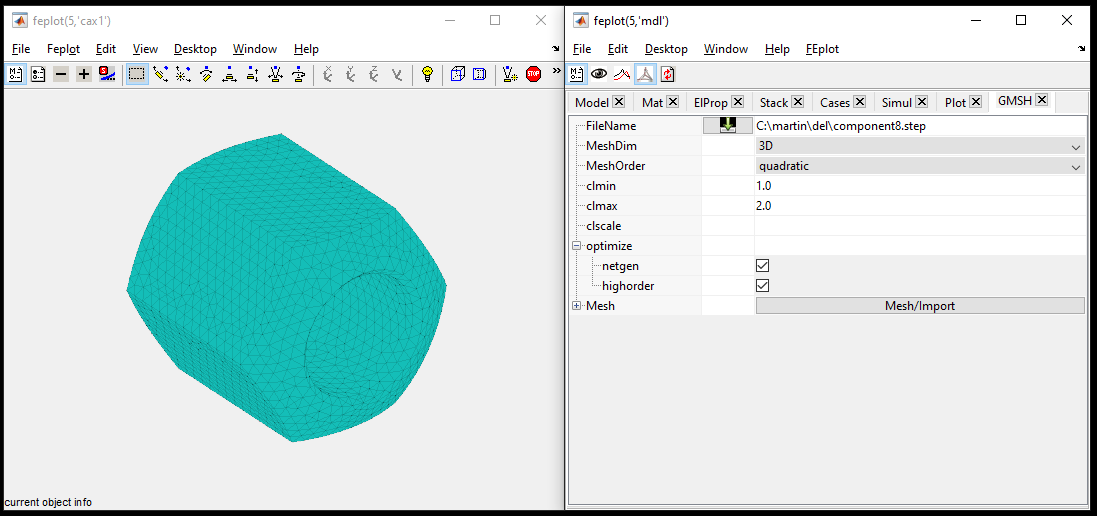

We show that taking explicitly into account the diffusion coefficients of the microstructure and the chloride binding capacity are important to consider for a better prediction of the time span until corrosion initiation. We investigate through 1D simulations the influence of the microstructure properties and the chloride binding capacity on the chloride concentration profiles. A numerical solving strategy is presented to efficiently resolve the FE problem both in terms of chloride concentration field variables and weak discontinuity parameters. This is achieved by introducing a weak discontinuity in the chloride concentration field for finite elements where the physical interface is present. The E-FEM allows to use meshes not necessarily matching the physical interface (aggregates/mortar matrix) while retaining the accuracy of the classical finite element approach. In order to take into account these heterogeneities in the mesh, we turn to the Embedded Finite Element Method (E-FEM). The finite element formulation is built through a discrete (lattice) finite element model and the meso-structure is based on a two-phase 3D representation of heterogeneous materials, such as concrete, where stiff aggregates are embedded into a mortar matrix.

This paper presents the FE formulation for the numerical modelling of chloride ions diffusion accounting for the chloride binding capacity in meso-scale concrete.


 0 kommentar(er)
0 kommentar(er)
